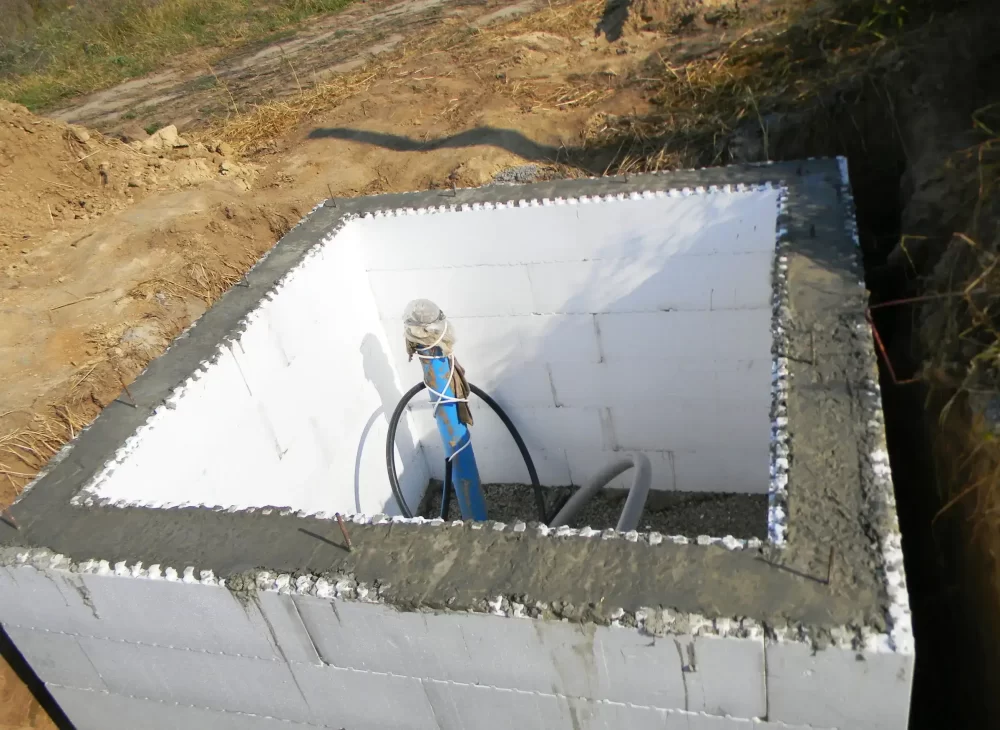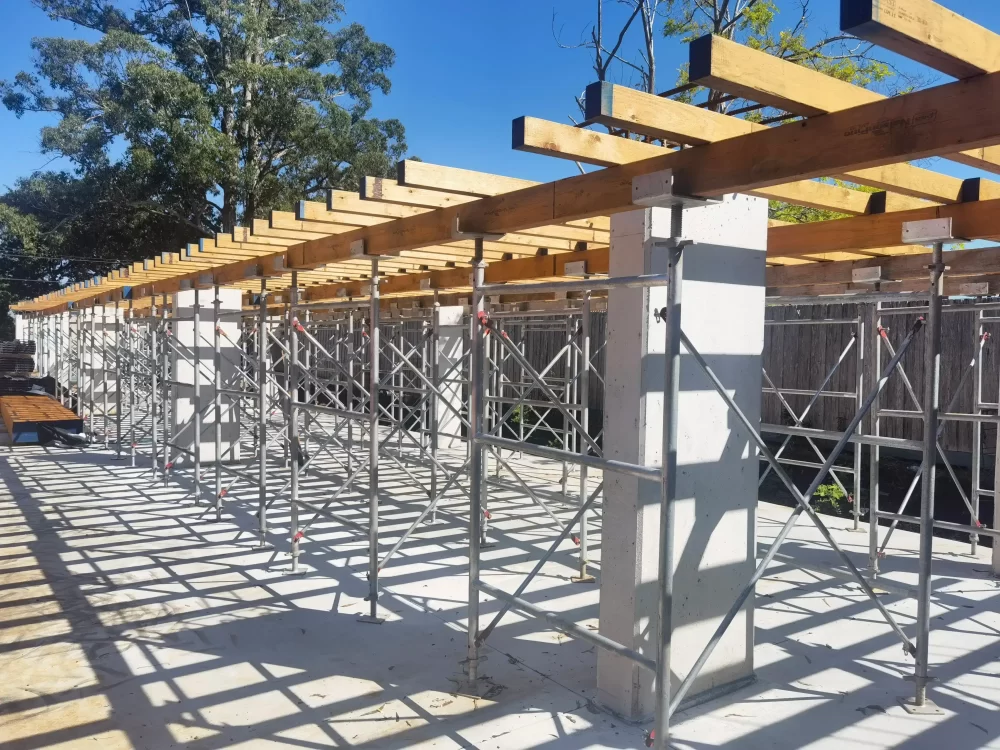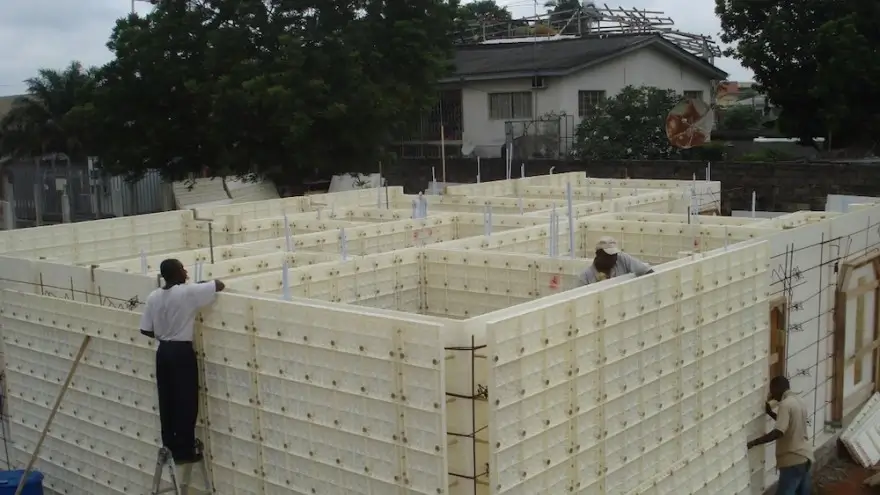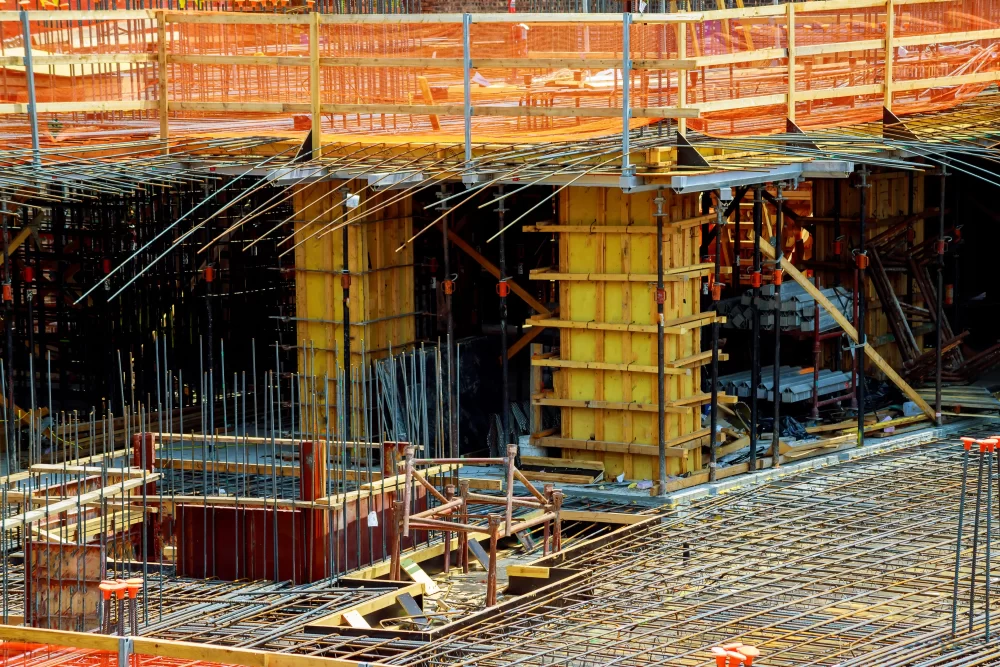Formwork
What is Formwork Construction and why it is Important
Table of Contents
Formwork is a variety of modular components or materials that act to encase and support concrete pours until they set. The process has existed for millenium, dating back to ancient history, but modern tools have increased its importance in the 21st century.
Key characteristics across all systems include braced components capable of supporting fresh concrete, retaining shape, and remaining watertight.
Globalisation has allowed construction companies worldwide to access safer and more versatile formwork technology than before. Each new system is often built for capabilities and functions that other structures are not. Below, we dive into what is formwork, different types on the market, and why it is so important.
Types of Formwork
Insulated
Insulated formwork involves modular block cuts that house poured concrete. Although not widespread, it is gaining popularity for the economic and environmental savings it offers.
The benefits of insulated formwork includes the utilisation of a more fire-resistant material. As the name infers, it also offers excellent thermal and acoustic insulation on finished buildings. Above all the insulated cuts are durable and easy to assemble.

Timber
Timber formwork is one of the oldest types in construction. It remains ideal for small-scale residential projects where labour costs are lower than the timber itself.
Sawn lumber was the norm for centuries until engineered lumber products became widespread in the seventies. Laminated veneer lumber beams and plywood sheets are the products of choice today, available in a multitude of sizes to custom fit concrete requirements.

Plastic
Plastic formwork is interlocking and is capable of multiple uses. Their lightweight, recycling, and easy handling make for a cost-effective material. While growing in use on residential sites, it has little to no applications on commercial sites so far,

The Importance of Formwork
Formwork is essential for a smooth construction timetable and safe finished product. High-quality formwork materials enhances worker safety and results in a smooth finish for concrete surfaces.
By holding concrete until it sets, formworkers and builders gain access to new surfaces capable of supporting them as they build upwards.
Technological advancements over the centuries continue to only improve formwork methods, not replace it. It is an important aspect to construction that enables us progress as a society.

